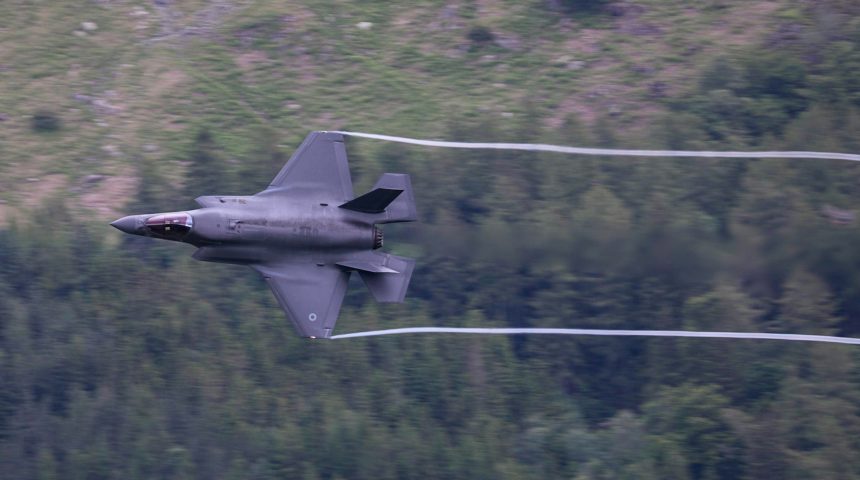This was the first ever time a two-ship F-35B was spotted at low level in the Low Flying Area 17.
On Jun. 11, 2020, two F-35B Lightning aircraft belonging to the 207 Squadron of the RAF (Royal Air Force) flew at low level through the Lake Districk, UK. The aircraft, ZM145/BK-11 and ZM147/BK-13, reportedly flying as “DOOM 31” and “DOOM 32” (not confirmed), from RAF Marham were the first two-ship to operate in the LFA17: according to the local spotters, the only ever time British F-35Bs had flown in the low flying area in northwestern England was a single-ship, using radio callsign “MARHAM 22”, on Nov. 12, 2019.
Fortunately, photographer Simon Pearson-Cougill was there and took the shots you can find in this post.
“Me and my 9 year old son (Kai Pearson-Cougill) go up to the lakes Low level spotting when we can,” Simon wrote us in an email. “Yesterday we arrived at Thirlmere Lake in the Lake District (LFA17); it wasn’t a good day and weather was very windy and we had been there most of the day with nothing happening and was going to pack up and go home when ZM333, an Embraer Phenom 100 from RAF Cramwell, came through. This gave us hope that the wind wasn’t too high and that we might just get other fast jets through.”
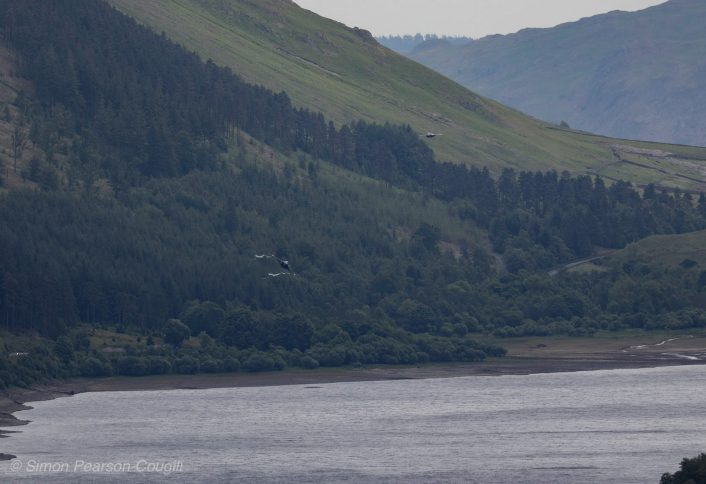
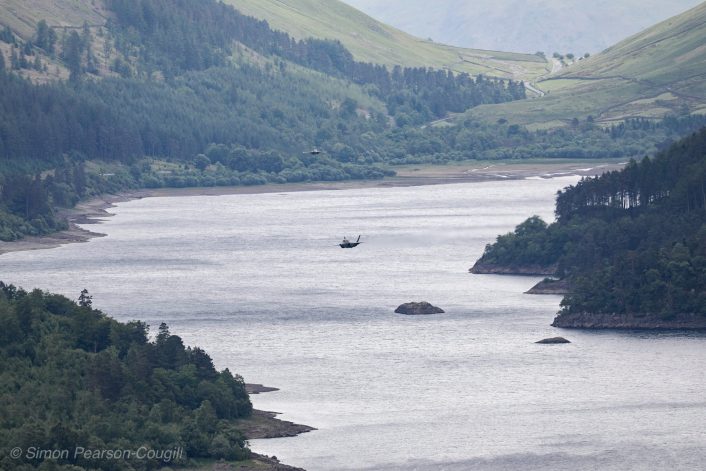
Well, it looks like they were just right: “Then about 15 mins later we heard a call up on the radio requesting a route across country which I thought may just be normal traffic. But then 15 mins later another call for low level in the Lakes made my ears prick up a bit more. I said to my son to get ready just in case and a few minutes later whilst looking through my viewfinder in the distance at Dunmail Rise I could see two jets which at first I though were F-15s. But as this dipped down into the Lake I couldn’t believe my eyes that they were the F-35B Lightnings from RAF Marham. I started to shake and shout to my son get ready and started snapping away knowing that this had to be one of the first times a two-ship F-35 had gone low level in the Lake district. After we had taken our photos and they had passed, me and my son high fived each other and was a really good feeling that we would share them memories and that piece of history for the rest of our lives!”
Well done, Simon and Kai!
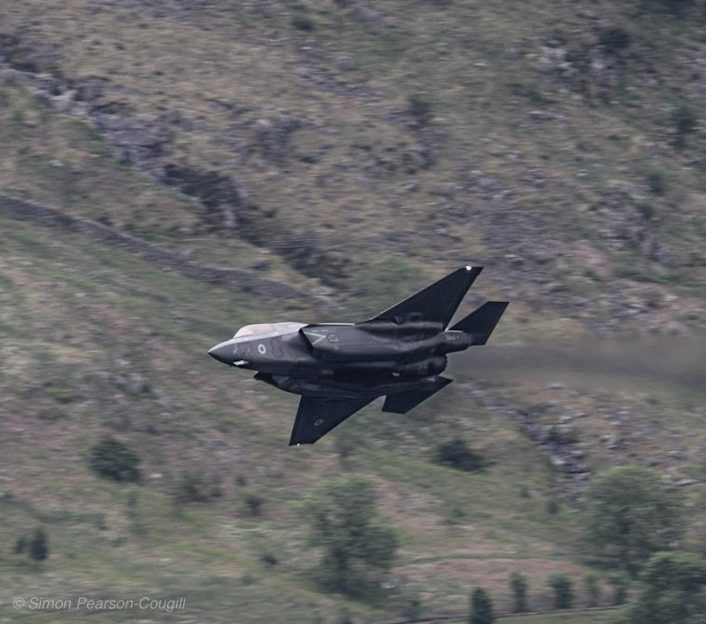
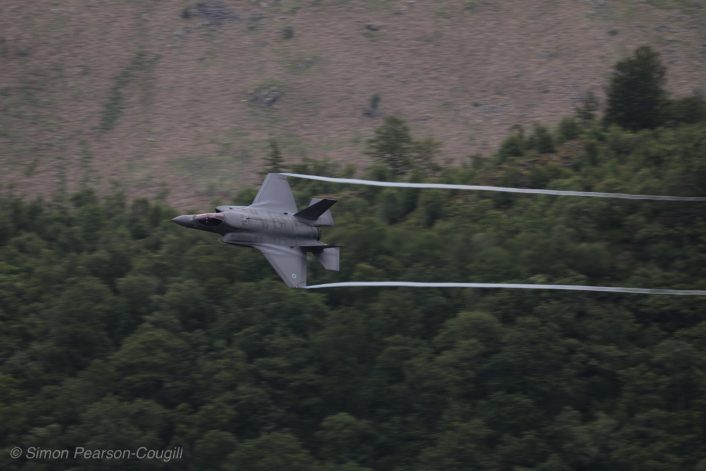
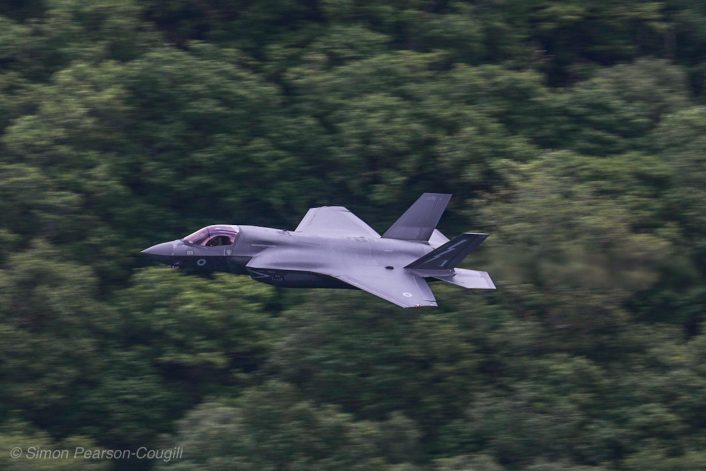
The 207 Squadron, or 207(OC) Squadron, is the first unit dedicated to F-35 pilot training outside of the United States. The 207 Squadron shares RAF Marham with the “Dambusters” of 617 Squadron (and they should be joined by the Fleet Air Arm’s 809 Naval Air Squadron by 2023). Aircraft, personnel, equipment and support infrastructure, dubbed “Lightning Force”, are pooled and jointly manned by Royal Air Force and Royal Navy personnel. To reflect that, 207 Squadron was purposefully chosen because it has both Air Force and Naval lineage.


